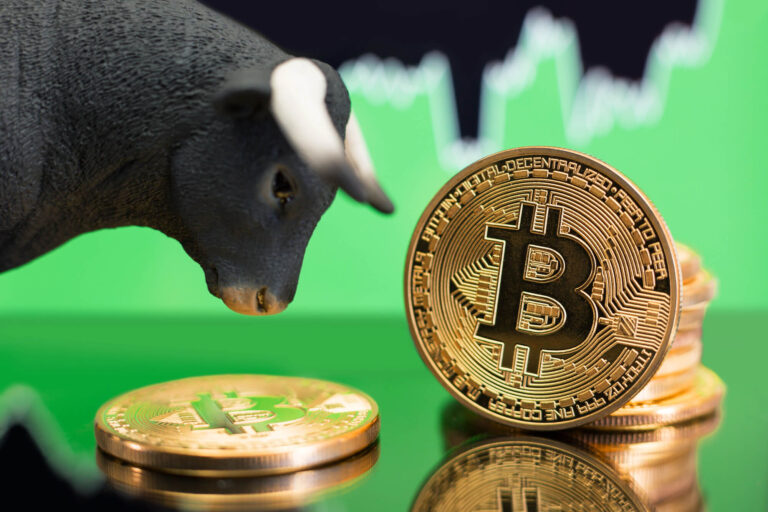A bull market refers to a prolonged period of rising prices in a financial market, often driven by strong economic growth, high investor confidence, and increased demand for assets.
During a bull market, prices of assets such as stocks or cryptocurrencies rise steadily over time. Investors are optimistic, and market activity is fueled by positive sentiment. These phases can last for months or even years and are characterized by a general belief that prices will continue to rise.
How a bull market develops
Bull markets typically start when market conditions improve after a period of stagnation or decline. Factors like economic growth, low unemployment, favorable regulations, or technological innovation can drive investor optimism. As more investors enter the market and demand rises, prices increase steadily. Early gains create further confidence, leading to a self-reinforcing cycle of buying momentum. However, these markets can become overheated if prices rise faster than justified by fundamentals.
Risks and strategies
While a bull market presents opportunities for significant gains, it also carries risks. Overconfidence and fear of missing out (FOMO) can lead to reckless investing. Market corrections, where prices drop suddenly, can occur when valuations become unsustainable. To navigate a bull market, investors should diversify their portfolios, manage risk through profit-taking strategies, and avoid speculative overexposure. Recognizing market cycles is crucial to maximizing gains while minimizing losses.









